Cuentos capturados – por Bill Tiepelman
Petals & Pavement
The Night the City Sprouted Heels
I was three blocks deep into a rain-polished evening, the kind that makes every taxi light bokeh look like a gold coin thrown into a wish well, when I nearly tripped over the boot. Not just any boot—a floral high heel stiletto with the posture of a debutante and the attitude of a street poet. The leather shimmered with hand-painted wildflowers—daisies, cosmos, a few tiny asters sneaking along the seams like gossip—while a real bouquet spilled out of the ankle, fresh and dewy, as if the shoe had been photosynthesizing compliments all day. It stood alone on the rain-slicked pavement at the corner of 47th and Maybe, where the city keeps its secrets and takes its smoke breaks.
Now, I know what you’re thinking: boot as vase, vase as boot—urban chic style or prank by an art student with too much time and not enough roommates. But the city has rules, and rule number one is that things left abandoned are never truly alone. There was a hum to it, a little sugar buzz in the air, like a cappuccino that learned to flirt. I leaned in, because I’m nosy and also because the bouquet smelled like a lingerie store determined to change your life. The heel cast a long, elegant shadow, a needle stitching darkness to light, and I realized the boot wasn’t wet. Everything around it gleamed with puddle-sheen, but the boot was dry, as if the storm had signed a non-disclosure agreement.
“Careful,” said a voice, the kind that could sell you a candle and a confession. I spun around to find a woman in a velvet blazer and combat eyeliner, holding a pastry box like it contained the Ark of the Covenant. “If it chooses you, your life gets… greener.”
“Greener?” I asked, already bargaining with myself about how many plants one person can kill before the house plants unionize.
She nodded toward the shoe. “It’s the Bloomwalker. An urban legend, technically. Shows up when someone’s about to quit—love, art, sobriety, hope, the gym—whatever. You slide your foot in, and it slides a little courage into you. But it’s picky. It only likes people who are at least forty-nine percent chaos and fifty-one percent tenderness.”
“That’s oddly specific.”
“Like a dating app, but for redemption,” she said. “I put a cream puff in this box and heard it whisper. Not the cream puff, the boot. The puff’s more of a moaner.” She winked, very adult, very feminine city fashion, and disappeared into the blur of city night lights like a magic trick with good lighting.
I stared at the heel. It stared back, the lace holes like patient little eyes. Traffic growled. Steam rose from a grate like the city exhaling. Somewhere, someone laughed the kind of laugh that makes you want to share a cigarette and a mortgage. I felt that familiar ache—the one that shows up when your art is two likes short of a heartbeat and your rent is three zeroes over your self-esteem. The kind of ache you can either drink about or write about. I choose both, usually in that order, but tonight the boot felt like a dare.
“Listen,” I told it, because I talk to objects when they look expensive. “If I put you on, you’re not going to turn me into a pumpkin, right? I didn’t dress pumpkin chic.”
The boot didn’t answer. Instead, a single petal drifted from the bouquet and landed on my shoe—my own very average, non-famous sneaker. The petal stuck like a kiss you didn’t plan on but definitely needed. Then another fell. Then the bouquet rustled, a floral whisper that sounded suspiciously like, Well?
Here’s the thing about fashion art photography: it lies just enough to tell the truth. You capture a floral stiletto art piece on a wet street and suddenly everyone believes in romance again, or at least in good ankle support. So I did what any sensible adult with questionable impulse control would do: I slipped off my sneaker, held my breath like I was crossing a truth minefield, and eased my foot into the Bloomwalker.
Warmth. Not like a heater—more like stepping into a story already in progress. The leather hugged my foot with the affection of a bartender who knows your order and your therapist’s first name. The heel lifted me three moral inches above my usual perspective, and the world rearranged itself slightly—as if the city had been tilted and I was now standing where the brave people stand. The bouquet shivered, then straightened, and everything sharpened: neon became neoner, raindrops became glass confetti, and my heart learned a new beat that sounded suspiciously like tap dance.
A cab rolled by. The driver looked out and saluted, not in a creepy way, more in a “respect your shoe game” way. A passerby paused, eyebrows high enough to qualify for penthouse living. “Is that a heel with flowers in it?” he asked.
“It’s a botanical couture situation,” I said, trying to stand like elegance had never ghosted me. “Also, possibly magic.”
He nodded, as one does in a city where feral pigeons have LinkedIns. “Good for you.” Then he wandered off, probably to file a report with the Department of Wild Yet Tasteful Sightings.
I took a step. The heel clicked, and I swear the sound had taste: bitter chocolate with a citrus finish. Another step. The puddles reflected me as a taller, shinier myth. My mind, usually a noisy laundromat of second thoughts, fell quiet. In the hush, I heard the Bloomwalker’s voice—soft, sly, conspiratorial, like a grandmother who used to run numbers. Say what you came to say.
“I’m tired,” I confessed. “Of almost. Of waiting rooms. Of putting ‘artist’ in tiny letters on tax forms. Of loving people who only text when their flight is delayed.”
Then don’t be tired. Be tender.
“Tender gets bruised,” I said.
Tough gets lonely.
That landed. I felt a prickle at the corners of my eyes, the kind that says, “Careful, you’re about to cry in HD.” The bouquet bopped my cheek, gentle and bossy. I laughed, a little wetly, which for the record is the sexiest and least convenient laugh. My phone buzzed—a notification from the universe (or my ex; same energy). Without looking, I slipped it back into my pocket. The city was speaking, and I was finally wearing the right ears.
The Bloomwalker guided me—no, escorted me—down the block toward a bodega that sells oranges, lottery tickets, and salvation in blue glass bottles. “Nice shoe,” said the clerk, who has seen enough to retire from surprise. “Want the usual?”
“Actually,” I said, feeling ridiculous and radiant, “I’ll take the unusual.” I pointed to a tiny disposable camera and a notebook with a velvet cover. If I was going to be a storyteller with heels, I wanted receipts.
Outside, I snapped the first photo: heel, puddle, city street photography reflections curling around me like approving cats. A gust of wind lifted the bouquet, and for a second the flowers formed a crown. I wore it. The world clapped politely—streetlight, stoplight, a neon sign that promised OPEN LATE like a vow not to give up on anyone. In the distance, faint but clear, a saxophone reminded the night to arch its back.
That’s when the woman in velvet returned, minus the pastry box and plus a smirk. “So,” she said, “what’s the plan, Bloomwalker?”
“I’m going to make something. Something whimsical, a little mysterious, definitely inspiring. Maybe even a fine art poster if my printer sobers up.”
She looked me over like a tailor measuring for destiny. “Good. Because the legend doesn’t end with the shoe. It’s a relay. You wear it until it tells you who gets it next. Then you pass it on.”
“Like a torch?”
“More like a flirtation,” she said. “But with better arch support.”
The bouquet rustled again, that same Well? I felt the heel tug my center of gravity forward, an elegant nudge toward whatever came next. The city held its breath. A bus hissed. Somewhere above us a window opened, and laughter spilled out like champagne from a bottle you don’t own but will definitely drink from.
“All right,” I told the night. “Let’s walk.” And we did—me, the heel, the flowers, the rumor—down the avenue where hearts go to recommit and strangers become footnotes. Each click of the stiletto wrote a new sentence on the street: floral pattern high heels, urban elegance, feminine street style, artistic footwear, colorful floral art. The kind of keywords the city’s search bar loves.
Three blocks later, the Bloomwalker stopped. Not stumbled—stopped—in front of a mural I’d never noticed: a pair of hands releasing a bouquet into a sky the exact color of forgiveness. The heel pulsed once, twice, like a heartbeat checking its schedule. I knew—bone-deep, soul-bright—that Part II of this story was waiting behind that mural, or inside it, or maybe twenty minutes and one confession to the left.
But first, a pause. Magic is potent. You sip it. You don’t chug.
The Mural, the Map, and the Man Who Spoke in Colors
The mural wasn’t just a mural. It was… humming. Not audibly, mind you—this wasn’t a Disney situation with chipper paintbrushes and anthropomorphic scaffolding—but something in it vibrated. The bouquet in the Bloomwalker tilted forward like it was bowing, and I swear the daisies exchanged glances. I stepped closer, raindrops creating a hush around me as if the whole street had been put on ‘do not disturb.’
The hands in the mural were wide, palms up, releasing flowers into an endless blue. But here’s the thing—up close, the petals weren’t just painted. They were maps. Tiny, microscopic city maps painted in fractal detail, so intricate you’d need a jeweler’s loupe and two shots of espresso to see them properly. And the blue sky? Not one color. Dozens of shades, each one slightly warmer or cooler depending on where you stood. It gave the sensation that the mural was breathing.
I reached out—because self-control is for people with better hobbies—and my fingertip tingled when it touched the paint. For a moment, the cold wall was gone, replaced by the warmth of skin. The mural’s hand was holding mine. It squeezed. A small laugh bubbled up from somewhere in my chest, because this was exactly the kind of moment that makes you question every cynic you’ve ever dated.
“Found it, did you?” The voice came from behind me. I turned to find an older man in a paint-spattered coat, his hair a kind of white that streetlights couldn’t decide whether to turn gold or silver. His eyes were mismatched—one brown, one the green of a bottle you’d keep whiskey in for emergencies. “Took you long enough.”
“Sorry,” I said automatically, then realized I had no idea what I was apologizing for. “Do I… know you?”
He tapped his temple. “Not here. But the Bloomwalker remembers you.”
“Great,” I said, “because the rest of my footwear treats me like I’m disposable.”
He grinned. “Shoes are never just shoes. These are maps, too. The right pair will walk you into the truth you’ve been avoiding. The wrong pair…” He trailed off, and I swear the air got two degrees colder. “…will keep you looping in circles until you forget you ever meant to leave.”
The Bloomwalker pulsed again against my foot, an impatient little ahem. The man noticed. “She’s ready to show you.” He pulled a small tin from his pocket, the kind you’d expect to contain mints but which, naturally, contained something far stranger: dozens of tiny squares of fabric, each painted with one perfect brushstroke. No pattern, no recognizable image—just swatches of color so rich they looked edible.
“Every place worth visiting,” he said, “has a color. The Bloomwalker knows which one you need. Press your heel to the wall.”
Now, I’ve done questionable things in questionable alleys before, but pressing an enchanted floral stiletto into public art was a new category of life choice. Still, curiosity and recklessness are cousins in my family, so I did as told. The heel clicked softly against the mural, and a faint circle of light spread outward. The bouquet trembled, dropping a single cosmos petal that landed at the man’s feet. He picked it up like it was legal tender.
“Ah,” he said, smiling without teeth. “Color number twenty-three.”
He rummaged through the tin, found a swatch of color that could only be described as sunset-through-a-glass-of-rosé, and pressed it into my palm. The warmth from it seeped straight into my bloodstream. “Follow it,” he said. “That’s your next street.”
“It’s… a color,” I said. “How am I supposed to follow a color?”
“With your eyes closed, of course. Eyes open, you’ll just get distracted by billboards and regret. Eyes closed, the Bloomwalker will steer.”
I considered this. I also considered the fact that I’d had two glasses of wine earlier and was, therefore, slightly more agreeable to impossible instructions. “And what’s at the end of the street?”
He shrugged. “Depends. Could be a door. Could be a kiss. Could be the thing you thought you lost when you were seventeen. The Bloomwalker doesn’t work on just anyone, you know. She picks people who’ll actually do something with what they find.”
Something in me—probably the stubborn part that still believes in happy endings with bad beginnings—straightened up. “All right,” I said. “Let’s walk.”
I closed my eyes. The first few steps were hesitant, my brain yelling things like pothole and open manhole cover in capital letters. But the Bloomwalker moved with certainty, guiding me with subtle shifts in weight, steering me left at one corner, right at another. The sound of the heel on wet pavement became hypnotic—click, pause, click—like a metronome counting out courage.
With my eyes shut, the city felt different. Smells sharpened: the metallic tang of the rain, the sweet-sour perfume of a bakery at closing time, the ghost of cigarette smoke trailing from a doorway I passed. Somewhere, a busker played a saxophone so mournful it made the lampposts sigh. I felt the color pulling me onward, the warmth in my palm intensifying with each step.
We stopped. I opened my eyes.
I was in front of a shop I’d never seen before, though the street was familiar. No sign, no name—just a narrow glass door and a window filled with objects that shouldn’t have existed outside of dreams: a goldfish swimming in what looked like liquid silver; a chessboard where the pieces were tiny, breathing birds; a stack of books that rearranged their titles every few seconds, as if they were indecisive about the story they wanted to tell.
The door opened before I touched it. A woman with hair the color of spilled ink stepped out, wearing a suit so sharp it could slice through small talk. “We’ve been expecting you,” she said, as if that were the most normal thing in the world. “The Bloomwalker’s last wearer left something for you.”
She held out a box the size of a shoebox, but heavier. Inside, nestled in velvet, was a camera—old, but not dusty—and a single undeveloped photograph. The photo showed… me. Standing in this very spot, wearing the Bloomwalker, bouquet bright and defiant. But the me in the photo was smiling like she already knew the punchline to a joke I hadn’t heard yet.
“How—?” I started.
“The Bloomwalker records its journeys,” she said. “Not for vanity. For continuity. What you do with it next will decide whether it ends here or keeps walking.”
Behind her, the shop seemed to shift, like it was rearranging itself to make room for me—or to hide something from me. My pulse matched the rhythm of the heel’s click. I had the distinct, unshakable feeling that if I stepped inside, I wouldn’t come out the same.
“Do I have a choice?” I asked.
She smiled like the city does when it’s about to hand you a miracle wrapped in bad timing. “Of course you do. But you’ve already taken the first step.”
The bouquet in the heel brushed my knee again, that same persistent Well? I looked at the photo in my hand, then at the open door. The warmth of the color swatch in my palm was almost hot now, buzzing like it wanted to leap free.
I took a deep breath, tasting rain, risk, and the faint sweetness of something blooming. Then I stepped inside.
The Shop That Sold the Impossible
The door shut behind me with the soft certainty of a secret locking itself away. The air inside was warm but not stuffy, scented faintly of jasmine, cedar, and something that smelled like lightning right before it hits. The floor was a patchwork of rugs from every era—Persian, Navajo, IKEA circa 1998—stitched together like they’d been rescued from doomed living rooms. Shelves curved along the walls, heavy with objects that radiated personality: a typewriter with fresh ink on the ribbon, a teacup constantly refilling itself, a silver locket humming low like a bee in a hurry.
The woman in the sharp suit walked ahead without looking back. “Everything in here has been carried in by the Bloomwalker’s chosen,” she said, her voice smooth enough to butter a whole loaf. “Each item is a map, a memory, or a mistake worth keeping.”
“And you… collect them?” I asked, brushing fingers over a book that shivered under my touch.
“We keep them safe until they’re needed again,” she replied. “Sometimes they’re tools. Sometimes warnings. Sometimes… debts.”
The bouquet in the heel twitched like a cat seeing something in the corner. I followed its gaze to a display case at the back. Inside sat another heel—sleeker, black leather, no flowers, just a faint glimmer along its surface like a constellation trapped under the material. The sight of it made my pulse trip. There was… recognition. Or déjà vu’s more persistent cousin.
“That one,” I said, pointing.
Her expression shifted almost imperceptibly. “That one is for after.”
“After what?”
“After you decide whether to keep walking.”
I wanted to ask what that meant, but the shop had other ideas. The rug under my feet rippled like water, and suddenly I was standing in front of a counter piled high with envelopes, each one addressed in handwriting that ranged from precise calligraphy to the chaotic scrawl of someone writing mid-chase. The top envelope had my name on it.
I opened it. Inside was a single sheet of paper, covered in my own handwriting—though it wasn’t anything I remembered writing. It read:
“If you’re reading this, it means you said yes. Not to the shoe, not to the walk—those were inevitable. You said yes to the part where you stop apologizing for the weight of your own colors. The city will test you. People will try to make you grayscale. Don’t let them. When you’re ready, find the next pair of eyes that are still awake in the middle of the day and hand the Bloomwalker to them. They’ll know what to do. Oh—and take the camera everywhere. You’re going to want proof.”
I stared at it, my chest tightening in the way it does when you realize the advice you need is coming from the version of yourself you keep trying to outrun. The woman was watching me with a patience that made me think she’d stand there until the building turned to dust.
“So,” she said at last, “will you keep it?”
I looked down at the Bloomwalker. The leather gleamed softly, the flowers swaying even though there was no breeze. My reflection in the polished toe didn’t look like me—it looked like the woman in the photograph. The one who knew the punchline already.
“I’ll keep it,” I said. “For now.”
“Good,” she said, and in that instant, every object in the shop exhaled. A stack of papers shuffled themselves neatly. The goldfish swam a triumphant lap. Somewhere in the rafters, something laughed quietly—low and warm.
She handed me a small key. “For the camera. It unlocks the second shutter. Use it only when you’re ready to take a picture of something you can’t explain.”
“And when will that be?”
“Sooner than you think.”
I left the shop without remembering opening the door. One second I was inside; the next I was back on the wet street, the mural behind me quiet and still. In my hand, the velvet-covered notebook from earlier. In my foot, the Bloomwalker’s steady pulse, like it was keeping time for both of us.
I walked for blocks, snapping photos without thinking too hard about why—puddles catching neon like they were fishing for compliments, strangers with eyes like entire libraries, graffiti that seemed to change words as I passed. Every click of the heel was a beat in a song the city and I were writing together.
When I stopped, it was in front of a bus stop where a young woman sat alone, head bent over a sketchbook. Her clothes were threadbare but her pen moved with a precision that made the air feel sharper. She looked up, and our eyes met. Awake. That was the only word for it.
The Bloomwalker tightened slightly, just once, and I knew. Not tonight. Not yet. But soon, she’d be the one. I’d know when. Until then, the legend would keep walking—with me, through me, despite me.
I turned toward home, the heel singing its quiet, confident song. Somewhere in the distance, thunder rolled in approval. The bouquet leaned forward as if eager for the next street.
And I kept walking, petals scattering behind me like breadcrumbs for anyone brave—or foolish—enough to follow.
Bring the legend home. If “Petals & Pavement” spoke to you—the shimmer of rain-slick streets, the wild defiance of flowers blooming in the unlikeliest places—why not let that magic live on your walls? Our Framed Prints turn the Bloomwalker’s midnight strut into a centerpiece worthy of any room, while the Acrylic Prints capture the crisp vibrancy of city lights and wet pavement in luminous, modern style. For a touch of rustic charm, the Wood Prints blend the piece’s urban elegance with natural warmth, making each detail feel intimate and tactile. Or, go bold with a flowing Tapestry—a statement piece that transforms any wall into a window to this mysterious, inspiring city night. Whichever you choose, you’re not just buying art—you’re adopting a chapter of the Bloomwalker’s story.

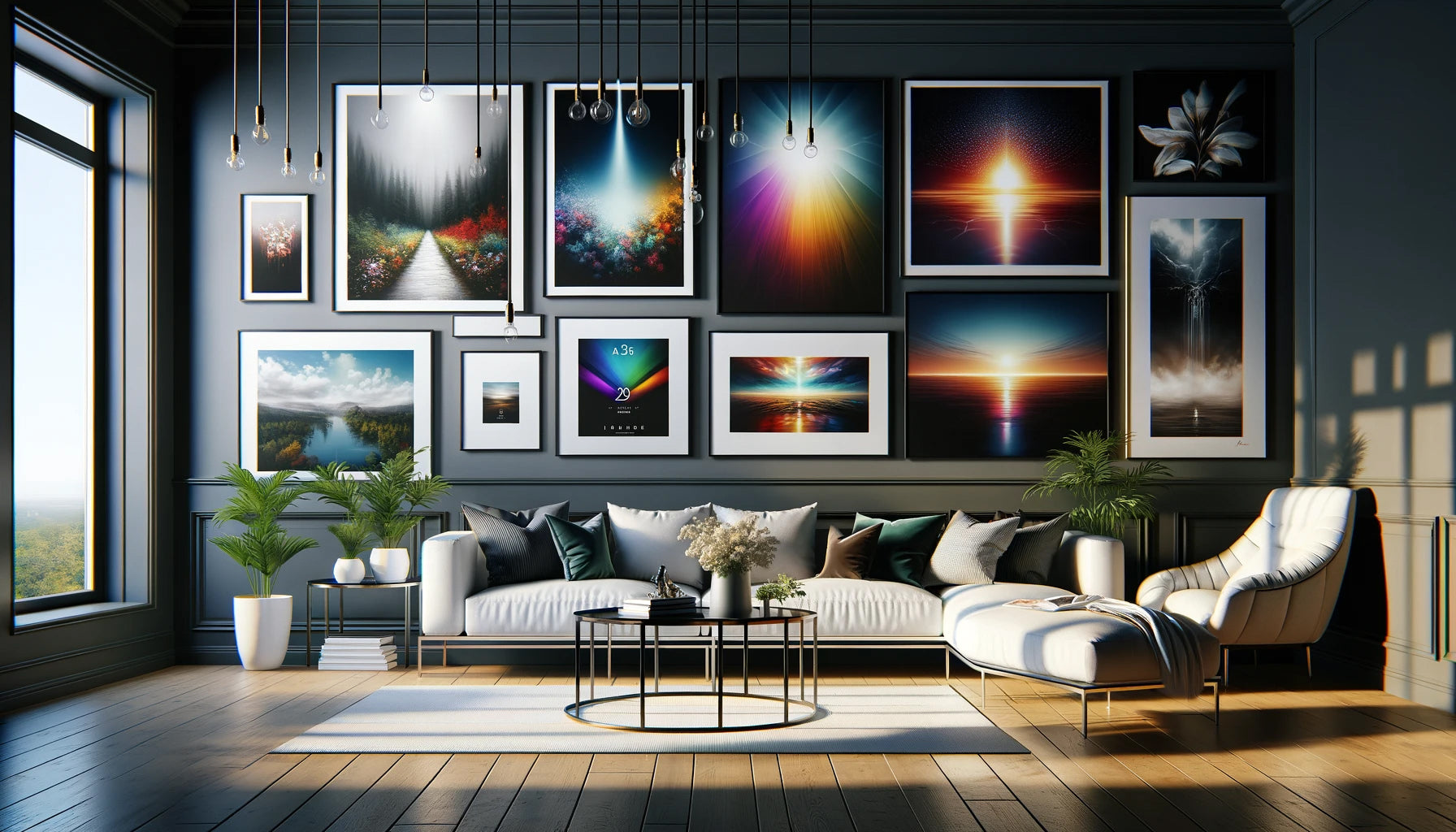
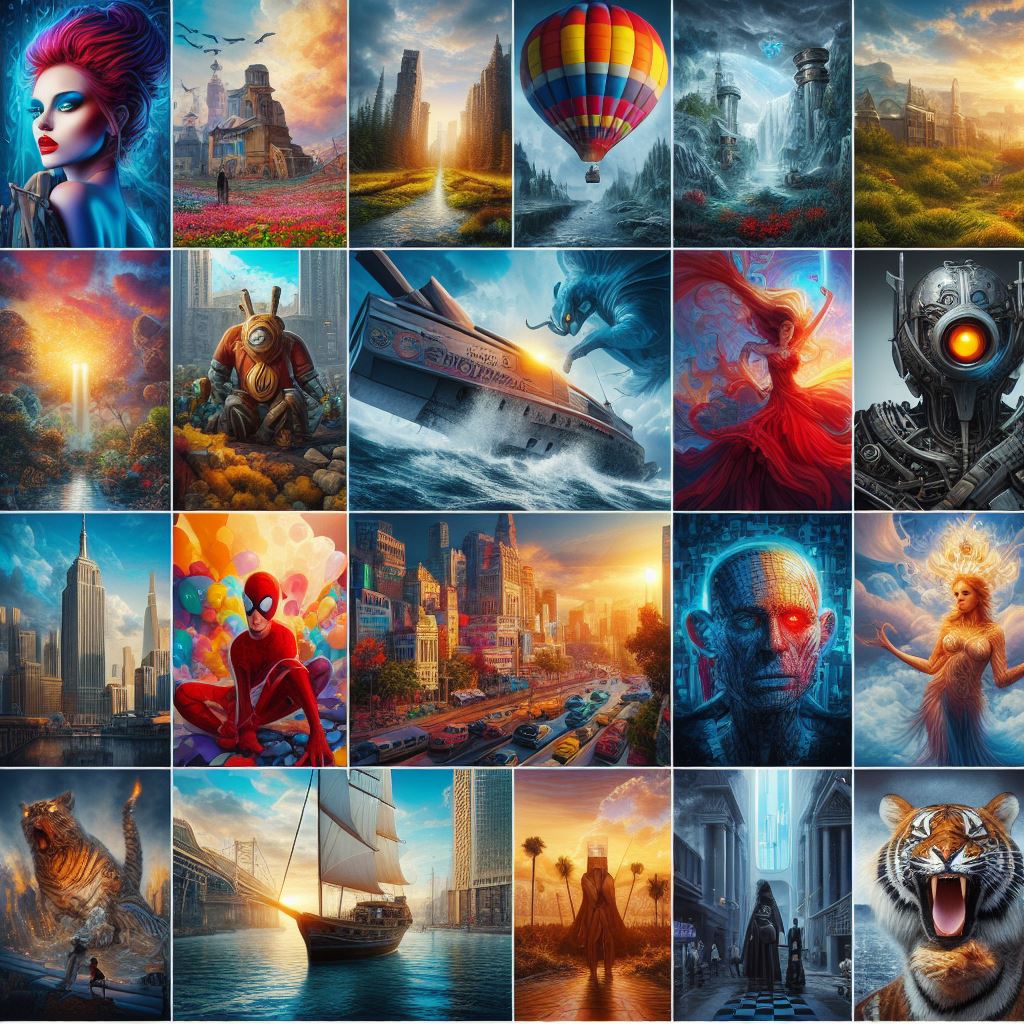


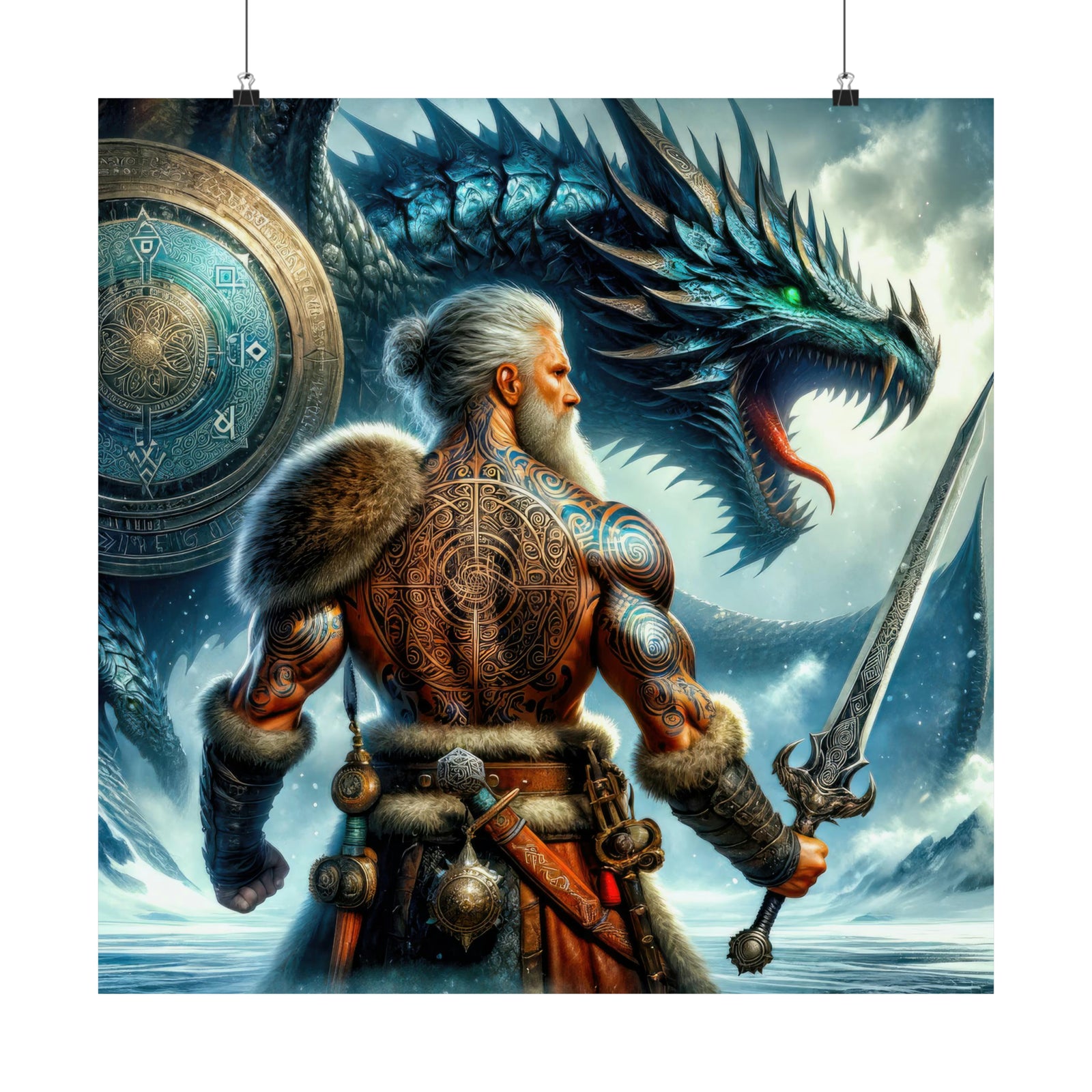




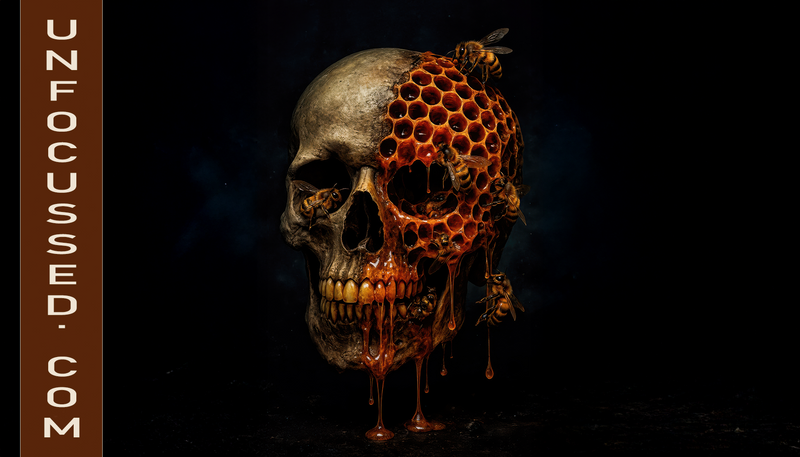
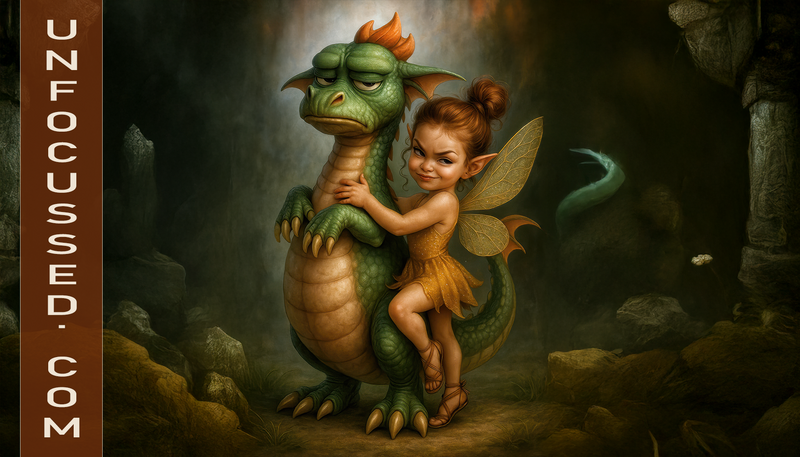
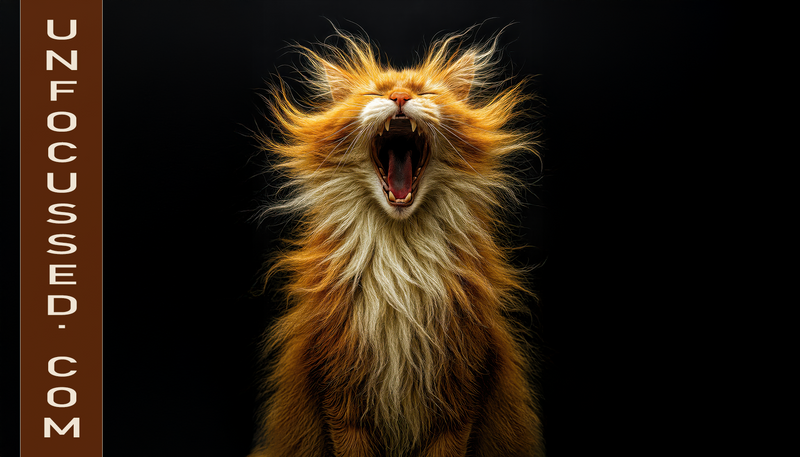

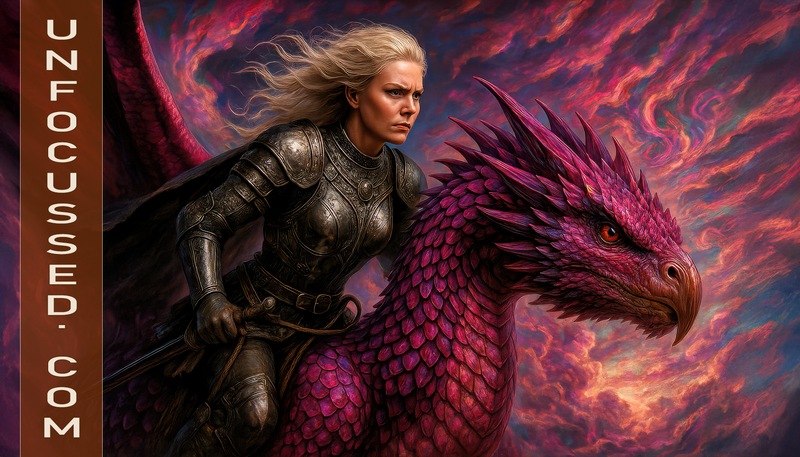

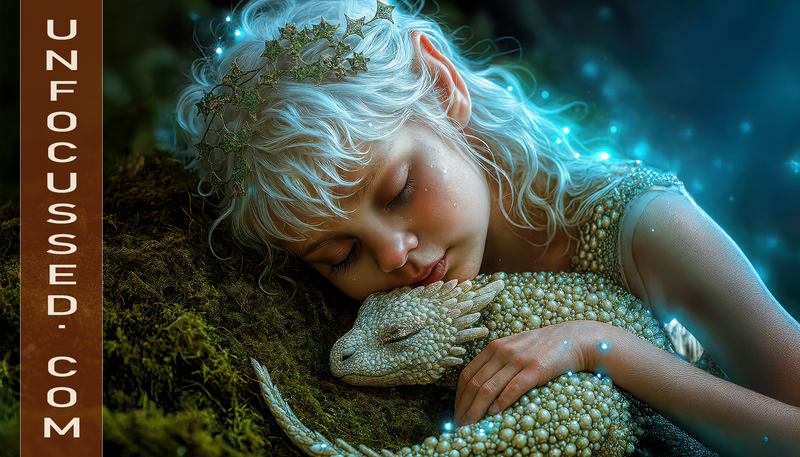
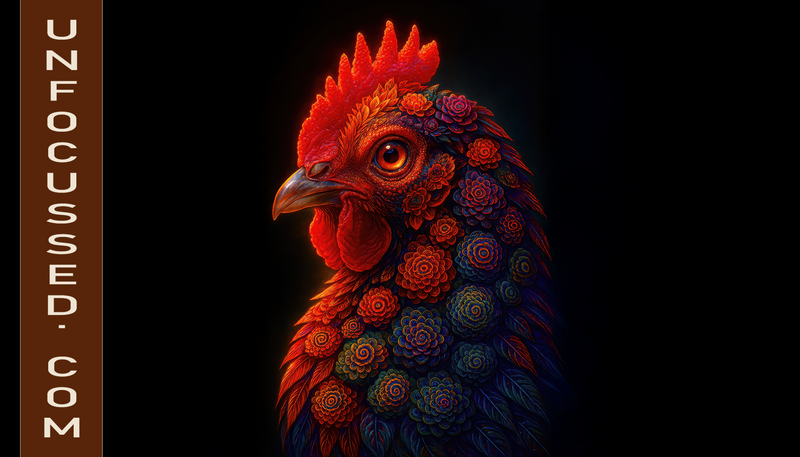
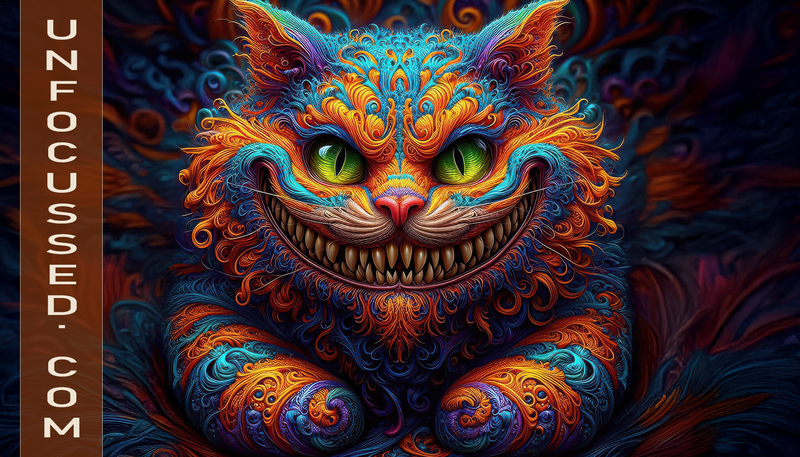






















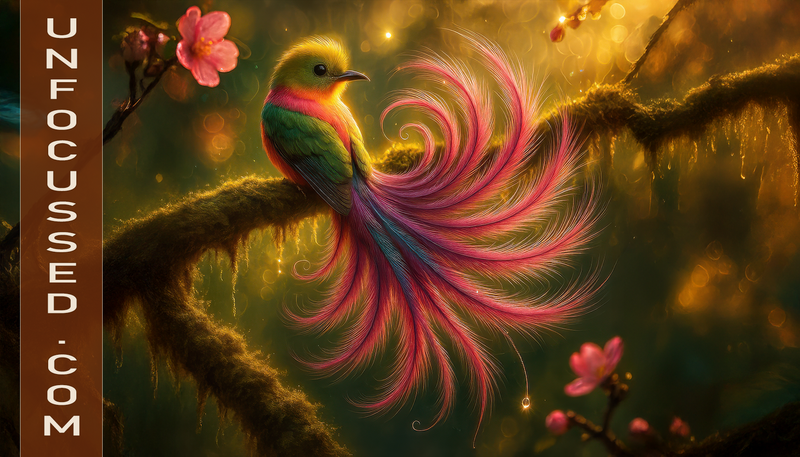

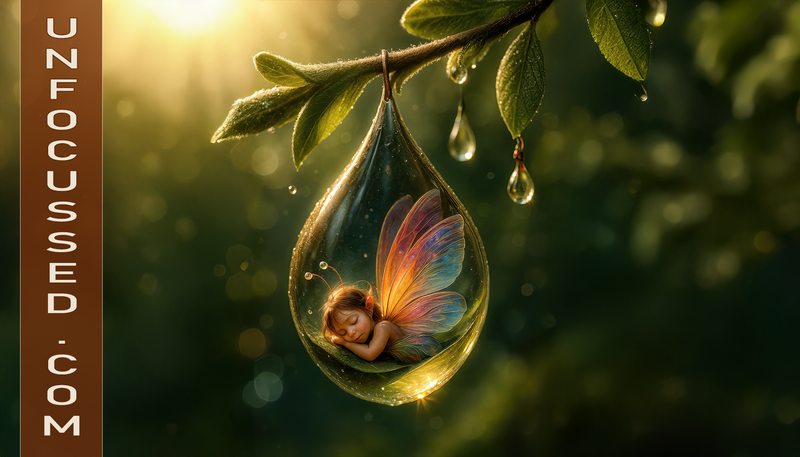













Comentarios
{¿Cómo?
Lovvvee it